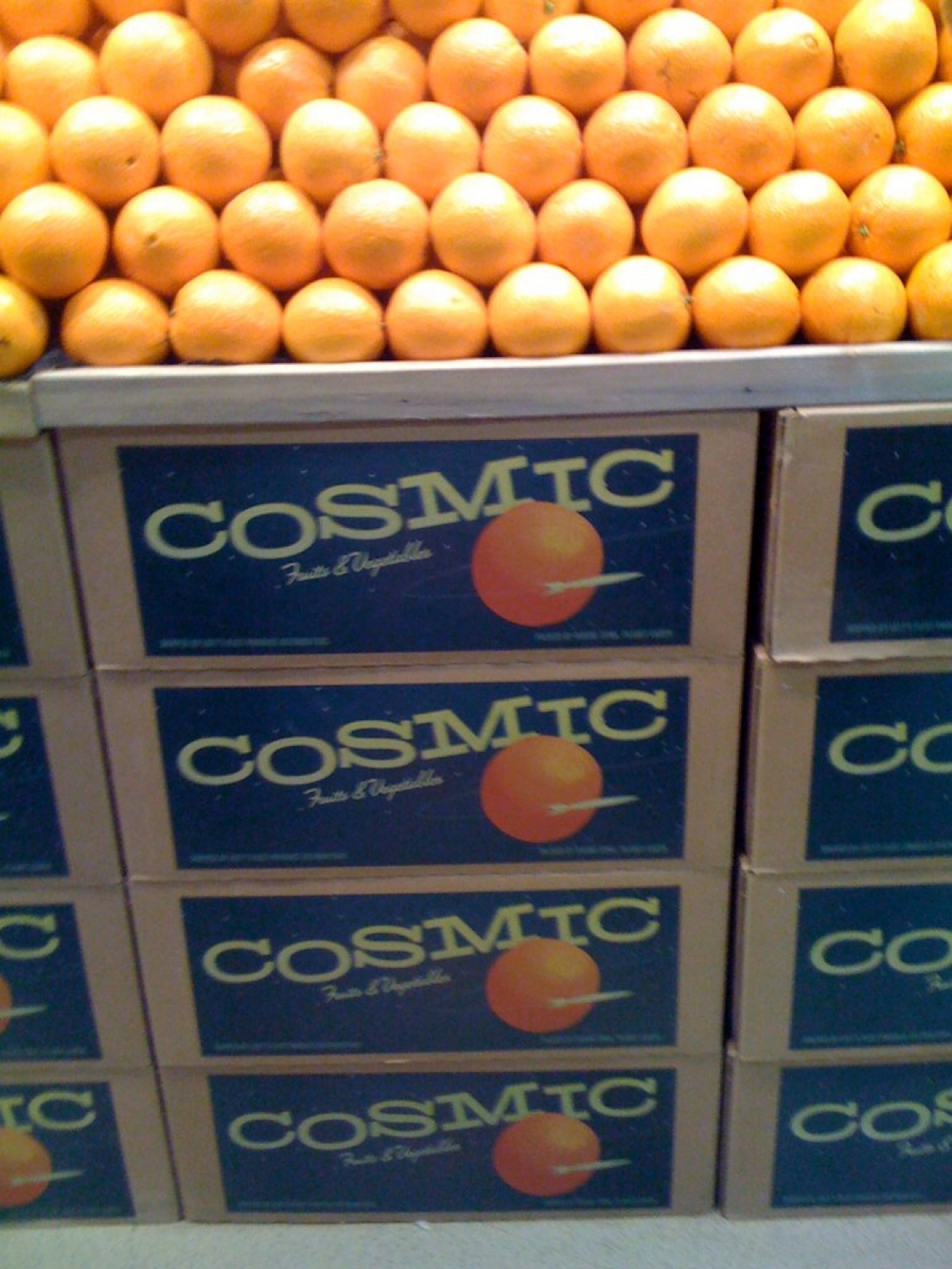Photo: Judy Little
‘Eat Well for Less’ has returned to UK TV screens, a programme which encourages British households to consider their spend on grocery shopping, break deeply rooted purchasing habits, cut food waste and reduce reliance on processed food over fresh produce cooked from scratch.
It makes fascinating viewing on many levels – who can resist a televisual rummage through someone else’s fridge, or is that just me?
But one of the most thought provoking things for me is the renewed perspective it gives on the incredible influence of household brands over consumer choice. It also highlights the critical role that packaging plays in the communication of those brands, and the confidence we consumers place in products simply by virtue of the packaging, with its familiar shape, colour, logo, imagery and font.
Each episode focuses on one family, removing all branded packaging from their weekly shop. This renders it impossible for them to recognise which items have been replaced with cheaper own-brand or economy products, and which family favourites or premium items have been retained.
The families find themselves in state of abject consumer confusion, unable to trust what is on their plate or in their glass. They’re back to relying on their own subjective sense of what tastes good and what doesn’t, rather than depending on the visual signposting that assures them they will enjoy a certain product because it’s Brand X.
Lifelong brand affinities are turned on their heads. Stripped of their branding, many premium products previously deemed indispensable are rejected because they ‘don’t taste the same as my usual brand’.
It reinforces how consumer brands have become so embedded in our consciousness, and how much of our personal identity we have come to derive from our brand likes and dislikes. Stripped back to basics, it becomes clear that branding has achieved the status of a sixth sense, helping us to make decisions that transcend the sight, taste and smell of the product itself.
In lives that are busy and in which we suffer from continual information overload, our choices are simplified by the ability to gravitate to products that we know and trust, just by virtue of their outer packaging.
At the moment when we are standing in the supermarket aisle or doing the weekly online shop, packaging design enables us to make quick and confident purchasing decisions. Once at home, those cherished brands become as much part of the fabric of our being as the music we listen to, the books on our shelves, and the clothes we wear.
For me, ‘Eat Well for Less’ does far more than scrutinise the nation’s food shopping spend – it lays bare our relationship with household brands, and encourages us to re-examine the subliminal influence of branding and design on the choices we make instinctively every day.
